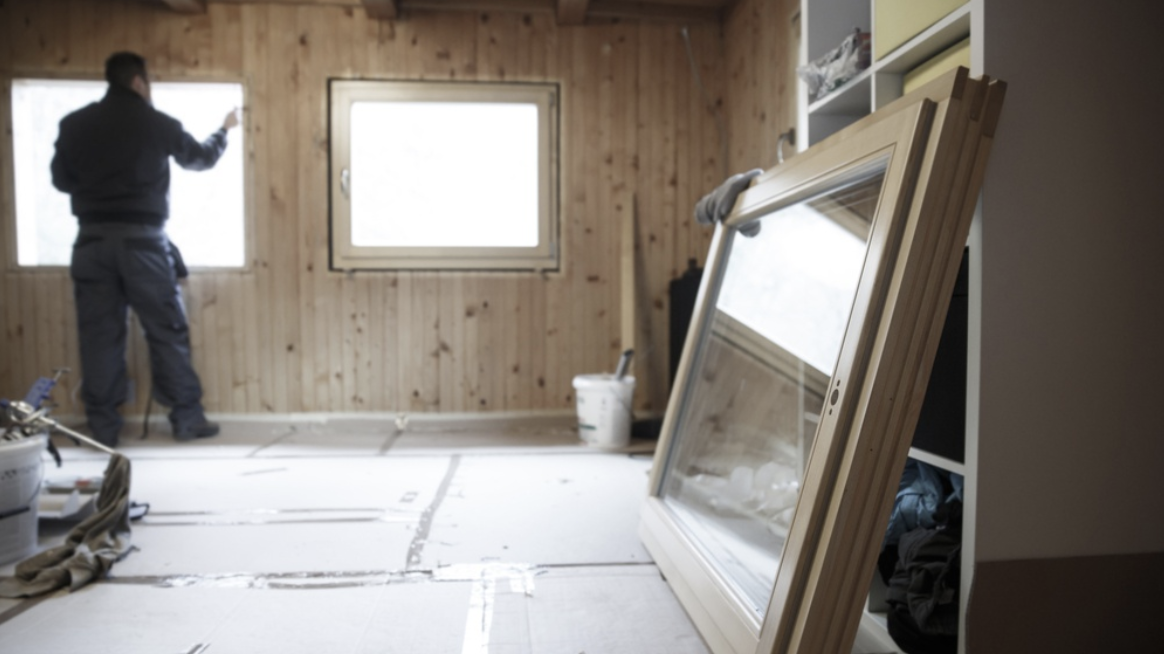Tara Mastroeni, Contributor (Real Estate)
FORBES
Unfortunately, while renovation mistakes do happen, they can be costly. If you can avoid them, you should. With that in mind, I’ve laid out a list of the top renovation mistakes that homeowners make, as well as some advice on what you can do to ensure that they don’t derail your project. Read them over so you don’t fall prey to them during your renovation. Your budget and schedule will thank you.
HIRING THE WRONG CONTRACTOR
Choosing the right contractor is a process. It can be tempting to go with the first one you find to just get it over with. But, the reality is, if you choose the wrong contractor, you could be setting yourself to face a much bigger headache in the long run.
Instead, do your due diligence and thoroughly vet multiple contractors before ultimately deciding which one to hire. Conventional wisdom says that you should gather at least three estimates before getting started on any home improvement project. However, in addition, you should check references, read online reviews, and verify that each contractor is bonded and insured.
Beyond that, you’ll also want to choose the contractor with whom you feel most comfortable. Make sure the contractor that you choose is easy to contact, that he or she answers your questions in a way that leaves you feeling comfortable, and is willing to sign a contract.
CHOOSING AESTHETICS OVER FUNCTION
Everyone wants a kitchen or bathroom that looks like it belongs in a showroom, but when you’re remodeling, there is such a thing as getting too into aesthetics. If you make your remodel look magnificent, but forget to take function into account, odds are good that you’ll be itching to remodel again sooner rather than later.
Your better option is to put function first, even if it means sacrificing a few aesthetic details. Before you start remodeling, take some time to think about how you currently use the space. Ask yourself: What do you like about the way the space currently functions? What do you wish was different about it? Then, make sure those changes take precedence in your design.
SKIPPING THE PERMIT
There’s no denying that getting permits can be a pain. For one, they add another cost to your likely already-stretched budget. For another, inspections by local authorities can slow down the work or even bring it to a halt altogether. But, having the right permits in place is a crucial factor when you eventually go to sell your home down the road. Not having them could cause your eventual sale to fall through. Worse, if the new buyer were to get hurt because of unpermitted workmanship, you could be sued.
If you’ve hired the right kind of contractor, he or she will most likely take care of the permitting for you, but that doesn’t mean that you can just brush this task aside. It’s up to you, as the homeowner, to verify that all of the correct permits are in place and that the work is being done to code.
NOT PLANNING FOR THE UNEXPECTED
If there’s one thing to know about remodeling projects it’s that nothing ever goes according to plan, at least not completely. Whether it’s an ordering mistake or an unexpected roof leak, unforeseen problems happen during the course of construction all of the time. You need to be prepared to handle them because that’s the only way that your project can continue to move forward.
The best thing you can do to prepare yourself for the unknown is to leave a buffer in your budget for these issues. Experts recommend budgeting 10% – 15% more than you actually need for the project for these incidentals. That way, if something happens, you have a cushion to fall back on and, if nothing does, you get to finish the renovation without feeling cash-poor.
CONTINUALLY CHANGING YOUR MIND
Sometimes you can’t help it if inspiration strikes while your renovation is underway, but unfortunately giving in to too many of those whims can cost you a lot of time and money, especially if the contractor was already in the middle of working on the feature that you’d like to change.
Ideally, you’ll take some time to sit with your ideas for the project before you start putting the wheels in motion. That way, if you discover that changes need to be made, plans can be made around them before construction starts. Your best bet for keeping your project on schedule and under budget is to make a plan for the work and stick to it.


 Facebook
Facebook
 X
X
 Pinterest
Pinterest
 Copy Link
Copy Link
